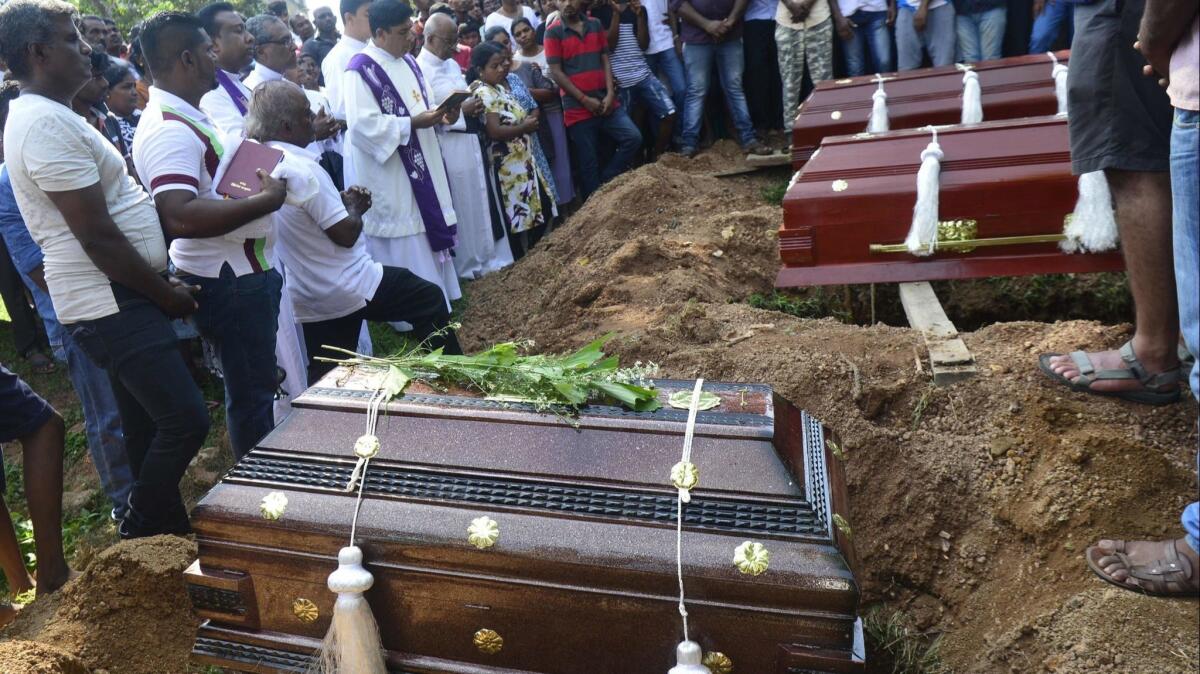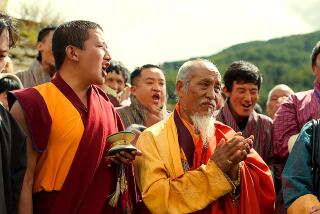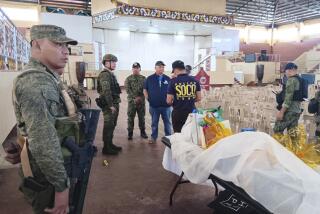Editorial: Poor communication enabled the Sri Lanka bombings. Censorship won’t help

Elements of Sri Lanka’s government had been warned weeks ago of impending terror attacks but failed to share the information. Quite possibly as a consequence, they then failed to prevent the bloody Easter Sunday bombings, or at least to protect the more than 300 people who were killed and the hundreds of others who were wounded.
Without in any way diminishing the culpability of the suicide bombers or their international co-conspirators, blame for the killings also falls on the dysfunctional relationship between President Maithripala Sirisena and Prime Minister Ranil Wickremesinghe, who haven’t cooperated since a government crisis began in October. Sirisena’s security council had frozen out Wickremesinghe, so details offered by intelligence officials in India and the U.S. as early as April 4 went unheeded by anyone who could act on them.
It’s disturbing that Sri Lanka’s government has responded to the terror attack by clamping down on communication.
The perpetrators are alleged to be the National Thowheed Jamath, a home-grown Islamist group. Its targets were Christian worshipers and Western tourists. But the sophistication of the coordinated bombings suggests the involvement of other, larger terror groups, and Islamic State reportedly claimed the attack was in retaliation for the March 15 shooting attack on Muslim worshipers in Christchurch, New Zealand.
Muslims and Christians are both integral yet relatively small strands of the South Asian island nation’s fabric.
Much larger are the mostly Buddhist Sinhalese majority and the minority Tamils, predominately Hindu. The two factions fought a bitter 26-year civil war that ended in 2009 with the defeat of the Tamil Tigers, a militant group that brought suicide bombing to the terrorist mainstream. In the decade since the war’s end, the nation has struggled to recapture the peace and cooperation that formerly existed among its ethnic and religious groups.
Like many of the world’s nations, Sri Lanka is a pluralistic society. States of such diverse ethnicities were once held together by armies and ruling families, but pluralism today is most successful when accompanied by liberalism. The rule of law and protection of individual rights lend minorities confidence they will not be repressed by larger groups. Free press and open communication foster debate and combat falsehoods and prejudices, between and within the various groups.
Enter the Fray: First takes on the news of the minute »
In the absence of liberal institutions, a pluralist society easily descends into suspicious and bitter factions. Rifts and rivalries can be ethnic or religious, but they can also be political and personal. In all cases they can be deadly. Each of those divisions appears to have played a role in Sri Lanka’s latest tragedy.
It’s disturbing, then, that Sri Lanka’s government has responded to the terror attack by clamping down on communication. It is true that social media can amplify and accelerate falsehoods and hatred, and that the owners of these companies have been unable to stop the misuse. Indeed, some factions — such as the Myanmar military — have weaponized these networks to distribute misinformation and foment violence.
But shutting them down also prevents families from learning the fate of their loved ones, spreading pleas for calm or combating the same insularity the networks can be misused to promote. And as one study of social media blackouts in India has shown, collective violence more often increases than decreases in the absence of those connections. Stanching communication does little to restore the cooperation and confidence that are essential in any pluralist society and were so lacking within the government in Colombo.
Follow the Opinion section on Twitter @latimesopinion and Facebook
More to Read
A cure for the common opinion
Get thought-provoking perspectives with our weekly newsletter.
You may occasionally receive promotional content from the Los Angeles Times.






